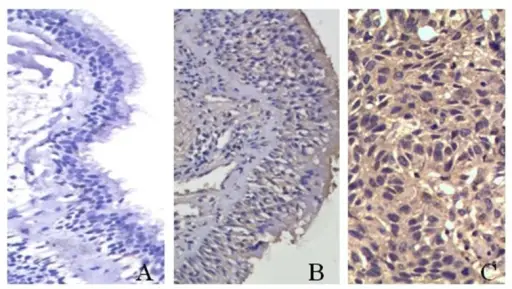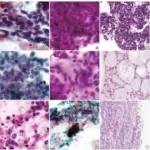Squamous cell carcinoma of the lung is a type of lung cancer seen in the central parts of the lungs or the main airway and falls under the category of non-small cell lung cancers.
What is the Pathology of Squamous Cell Carcinoma of the Lung?
The pathology of squamous cell carcinoma is:
-Etiology: The cause of squamous cell carcinoma of the lung is tobacco smoking is the main. Others include age, inactive smokers, or asbestos.
-Genes involved: TP53, GRM8, BAI3, ERBB4, KEAP1, KRAS.
-Pathogenesis: The sequence of events that lead to squamous cell carcinoma mutation of the squamous cell lining the airway were they thin and flatten. later keratinization occurs preventing the lining of the lung to perform its work normally.
-Histology: The histology associated with squamous cell carcinoma of the lung shows keratin pearls when imaging is done cytologically and nests of squamous cells.
How does Squamous Cell Carcinoma Present?
Patients with squamous cell carcinoma typically (determine and pick the gender that this affects (male, female, either male or female) present at an age range of (determine the age range of people typically affected). The symptoms, features, and clinical findings associated with squamous cell carcinoma Present include present hematemesis, wheezing, chronic cough, weight loss.
How is Squamous Cell Carcinoma Present Diagnosed?
Squamous cell carcinoma is diagnosed by physical examination, chest x-ray, complete blood count, CT scan, and MRI.
How is Squamous Cell Carcinoma Treated?
Squamous cell carcinoma is treated according to the stage presenting. for the early stages, resection is the best priority. In stages, 1B chemotherapy plus resection is advised. Stage 2 is treated by chemotherapy. Once it has advanced more resection is not possible hence chemotherapy and radiotherapy are advised.
What is the Prognosis of Squamous Cell Carcinoma?
The prognosis of squamous cell carcinoma is poor. This is because by the time the symptoms present the disease would have advanced in a stage.



